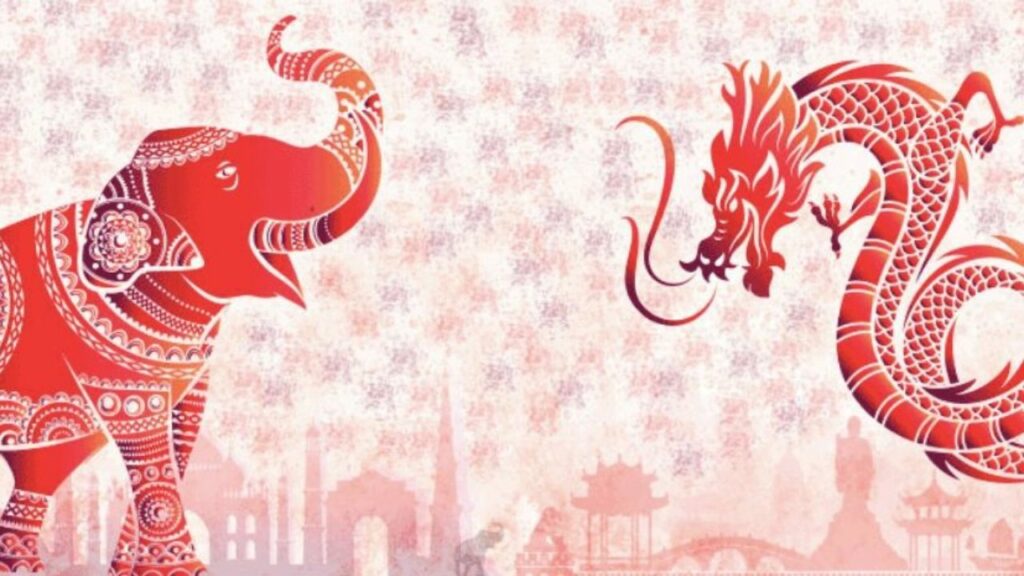Two officials who are privy to the developments said that the new budget that shall be announced shall entail the steps to reduce India’s import dependence on China through various tariff and non-tariff measures, pursuing its strategy of Atmanirbhar Bharat (self-reliant India) in a “calibrated” manner.

Strategy to Disincentivise Chinese Imports
While there will be continued import when it comes to the import of raw materials and intermediates from its neighbour, it may disincentivise through strict enforcement the entry of finished Chinese goods imported directly into India or shipped in via a third country violating the “rules of origin” norm, they added, requesting anonymity.
Notably, there has been a 20-month long standoff between the two countries along the LAC in Ladakh on the Line of Actual Control and this moves comes amid India’s efforts to get China to respect existing agreements.
Following an attempted incursion by Chinese soldiers that was repelled comes this immediate context of a clash between the two sides along the LAC in Arunachal Pradesh.
The official said that recalibration of the custom duties in one of the way to check this influx. Other way would be levying anti-dumping duties, non-tariff measures such as strict enforcement of rules of origin, and encouraging cost-effective local manufacturing through incentives.
“Recalibration of customs duties is expected on several items,” one of the two added.
Red flags over the import of more than 100 Chinese products has been raised by the Indian companies and government departments. The official said that these include polyester yarn, optical fibre, solar cells, vinyl tiles, saccharin, ophthalmic lenses, various steel items, chemicals, ceramics, tableware, kitchen ware, glassware, aluminium foil and pharmaceutical formulations such as amoxycillin and ofloxacin.
He said that “Matters are under examination for appropriate actions. It is expected that the Budget will address this issue,” he said.
The first official said that “There has been a fall in imports from China recently. While price corrections due to demand contraction globally could be one of the reasons, the government’s policy of Atmanirbhar Bharat has also played a major role”.
Contraction in the Chinese Merchandise Imports, Reveals Data
As compared to $8.7 billion a year ago, as per the commerce ministry data, India’s merchandise imports from China in October 2022 contracted 9.73% to $7.85 billion.
When it comes to reducing overdependence on “unreliable” China, then according to the experts, government’s trade policy and the production linked incentive (PLI) scheme to boost local manufacturing are working well.
According to them, same policy might be pursued aggressively.
Ajay Sahai, director general and chief executive of the Federation of Indian Export Organisations (FIEO) “China’s share in India’s imports in the last one year (April-September 2022 over the same period in 21) has declined…In many segments, alternative sources of supply have been arranged as China, with zero-covid policy, was not considered as a reliable supplier”.
According to him, when it comes to the imports from China, main items include electronics, electrical goods and machinery —and all have been covered under PLI to develop domestic capabilities.
He said that “PLI has already reduced imports in some electronics products while augmenting exports”.













